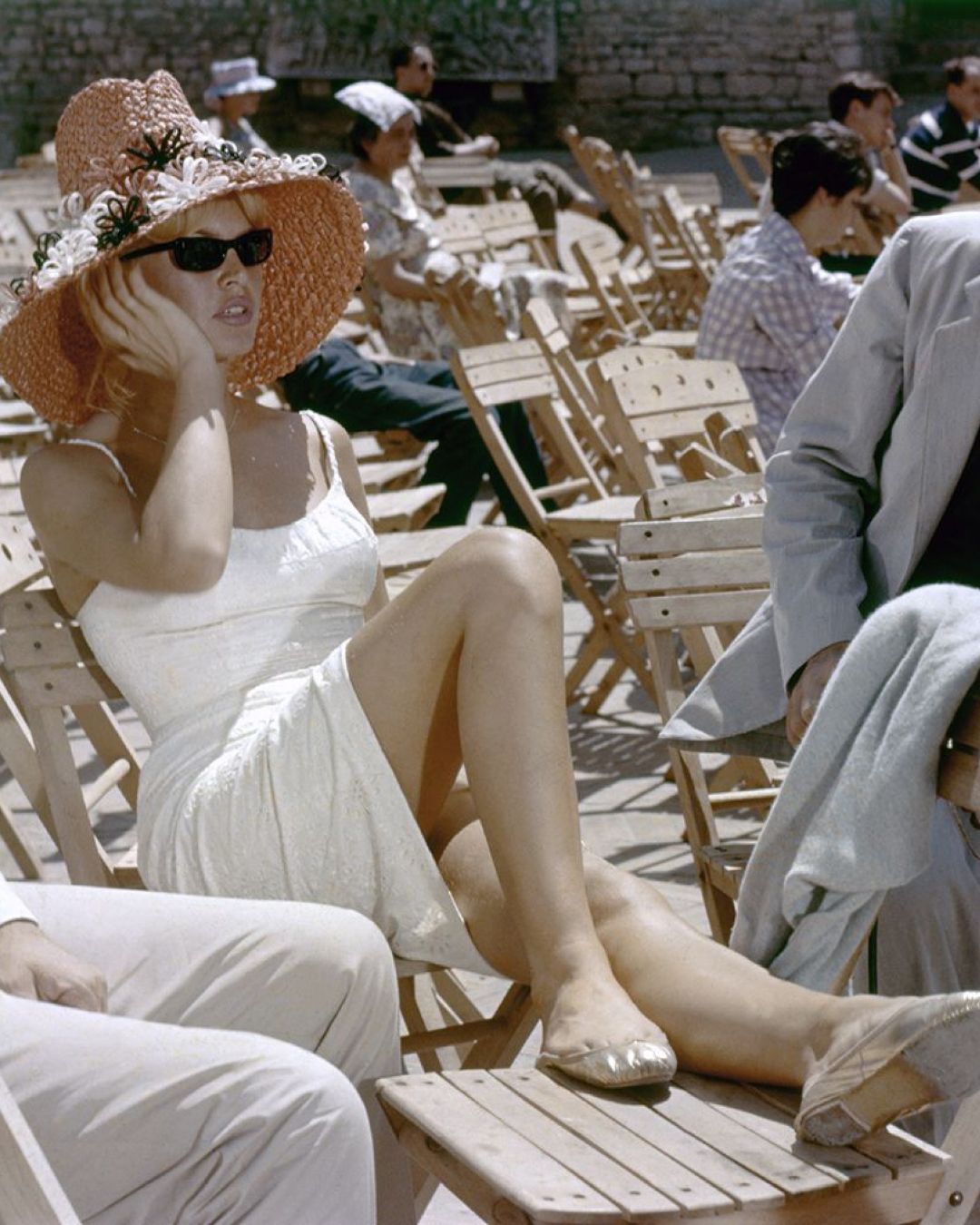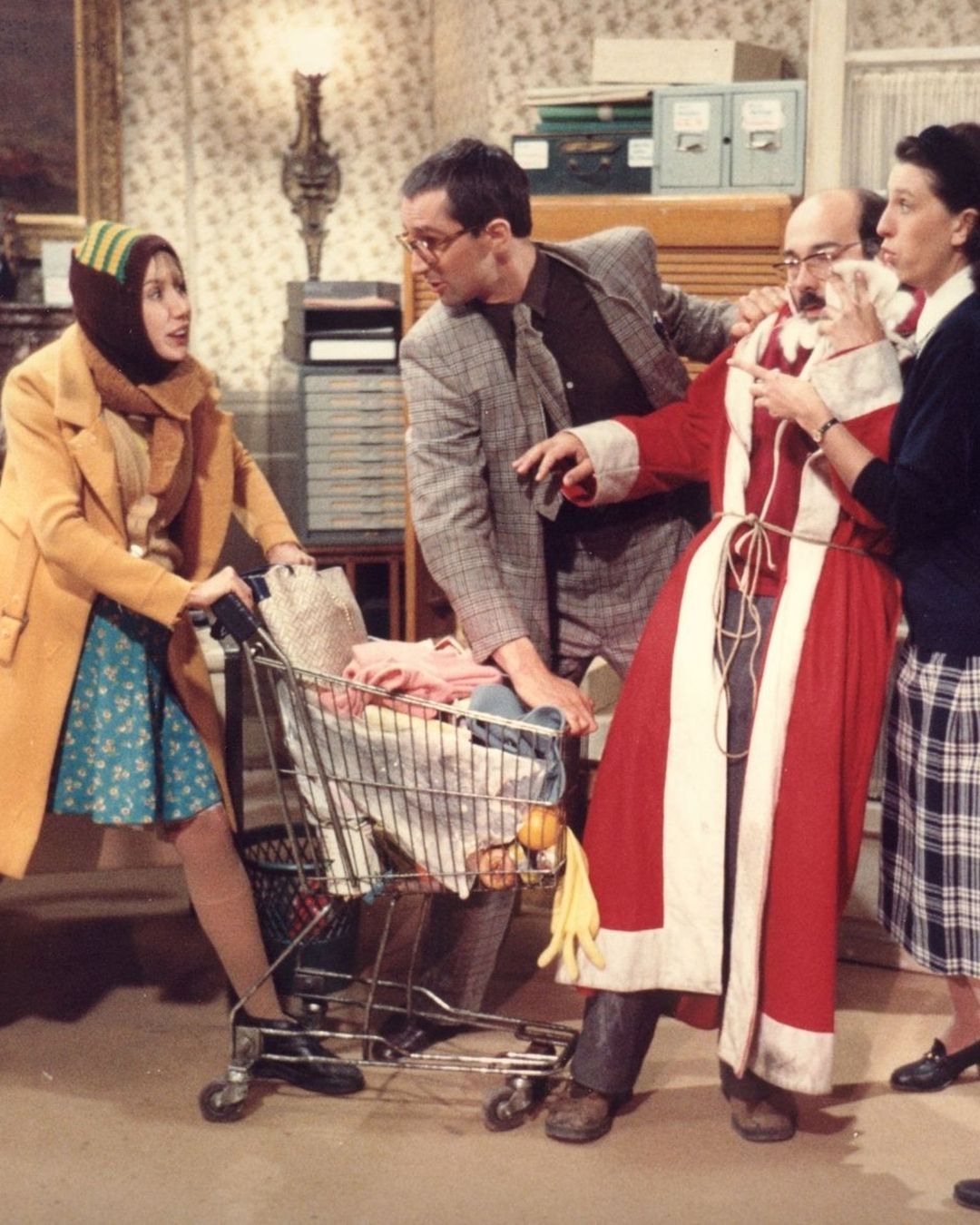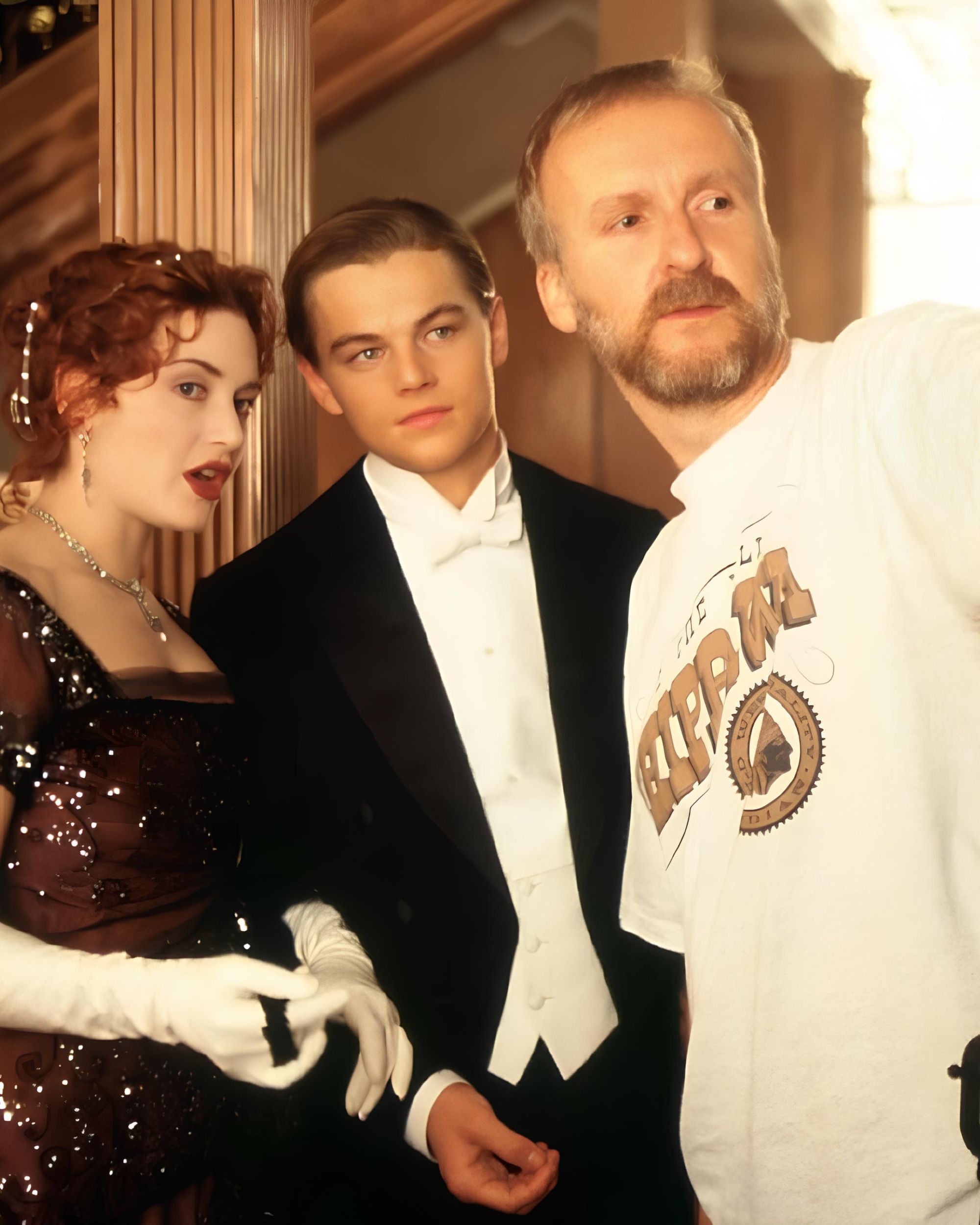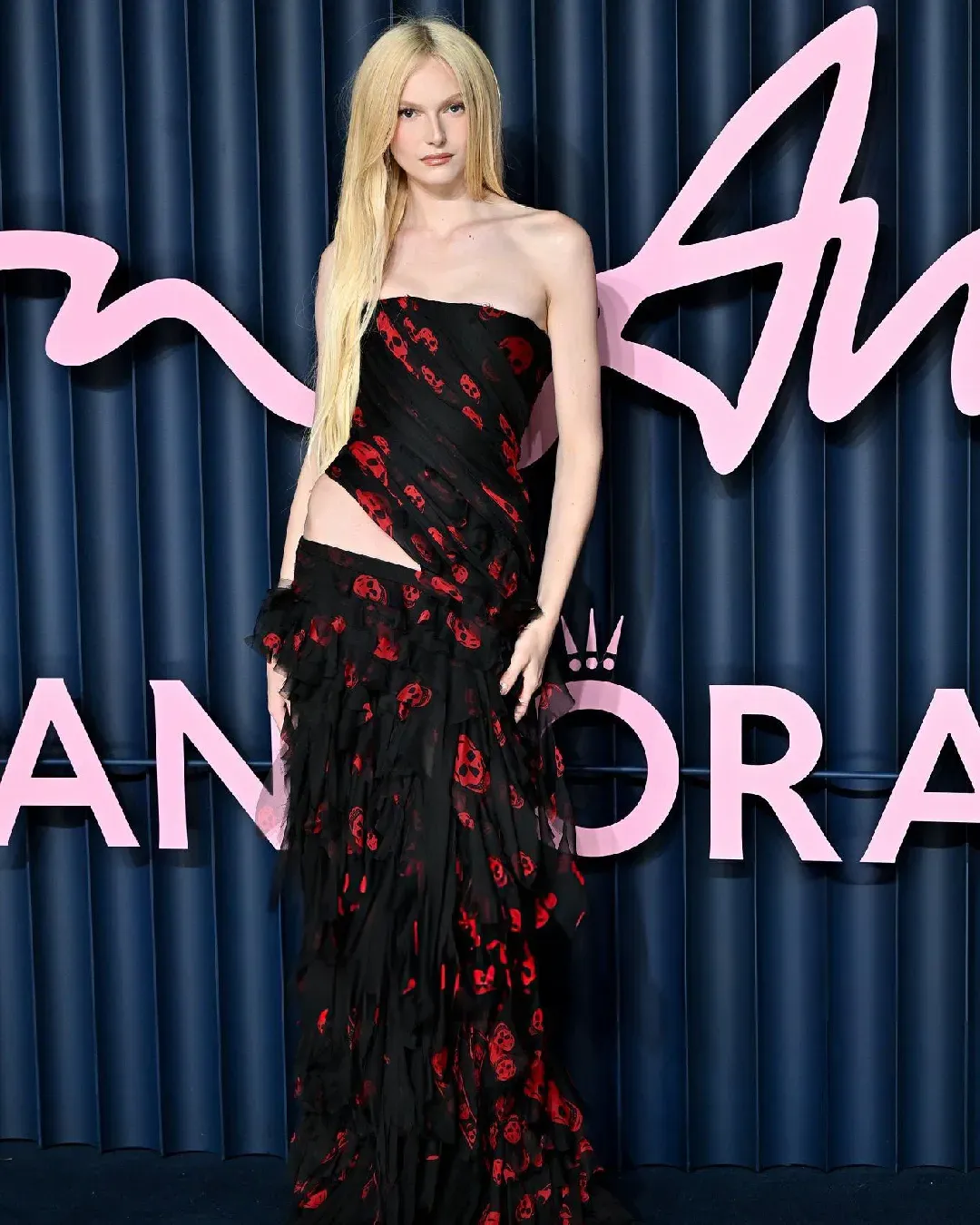
The dirty legacy of American Apparel After the new Netflix documentary, nostalgia is back
Helvetica bold, white backgrounds, and a whole lot of, maybe too much, boldness. For those who grew up on Tumblr, American Apparel wasn’t just a brand; it was a cult. The brand’s ad campaigns, managed collection after collection, went wildly viral at a time when the Internet and social media were still in their infancy. The reason was simple: more than the product itself, the Made in America brand was selling “sex”, at a time when fashion and pop culture were centered around what we’d now call soft porn. American Apparel’s branding stood at the crossroads between the audacity of Tom Ford’s Gucci and the coolness of Topshop, a combination adored by the generation of true indie sleaze. And yet, behind the scenes, the brand was a disaster. The new Netflix documentary Trainwreck: The Cult of American Apparel traces the brand’s entire history, from its founding in 1989 to its bankruptcy in 2016. While teens and young people around the world were scrambling to get their hands on tiny tennis skirts, iridescent disco pants, and neon sweatshirts, the brand’s employees were living in constant fear of founder and CEO Dov Charney. It was precisely the allegations of sexual harassment and workplace abuse that pushed American Apparel into oblivion, one of the earliest victories of modern cancel culture (much like what happened to Abercrombie & Fitch). In today’s more modest cultural climate – shaped by strong conservative influences from all sides – where even Sabrina Carpenter was labeled anti-feminist for revealing her new cover art, is there still room for nostalgia for American Apparel’s aesthetic? Or have we fundamentally moved on, leaving all that sex appeal in the past decade?
The Los Angeles-based brand built its identity on provocative, transgressive, borderline voyeuristic imagery, with photos of highly sexualized female bodies and deliberately explicit messaging, whether through the poses of the models or the innuendo-laden slogans. American Apparel had carved out a unique and striking way to tell its aesthetic story: the campaigns often featured simple, clean, almost documentary-style images, unretouched photos shot in real homes or on monochrome sets, often portraying ordinary people, actual customers, or faces from street casting. More often than not, the models were photographed in provocative poses, bordering on the pornographic. Looking back, knowing all the controversies that followed the brand from its early days to its downfall, that sexual freedom so idolized in the early 2000s is now seen through a very different lens, which is undoubtedly a good thing. But perhaps the subtle nostalgia for that aesthetic and that kind of audacity stems from the fact that, right now, fashion is reluctant to embrace anything remotely sensual. Between milkmaid dresses, quiet luxury, and modest fashion, even the office siren—fashion’s last sexy archetype—has died out. Political pressures are clearly taking their toll on fashion, but what’s also fueling the anti-sex attitude is the vicious cycle of Gen Z, a generation trying to break free from the rules of monogamy and labels, yet at the same time embracing modest and traditionalist standards. The generation that doesn’t have sex, but lives by ethical non-monogamy.
@sailorkiki Obviously wearing my docs & posting the outfit pics on tumblr #american #americanapparel #fourthofjuly #lanadelrey national anthem demo - jess
And yet, something from that world never really disappeared. In recent years, TikTok has revived indie sleaze, turning it into a viral trend and bringing back lycra bodysuits, blown-out flash, and digital camera aesthetics. Brands like Skims and Diesel have attempted to emulate American Apparel’s visual legacy, updating it with more inclusive aesthetic and communication codes. Even AA itself has returned, under the name Los Angeles Apparel, though with a different direction and a far less striking aesthetic, abandoning even the Made in America ethos it once held dear. Visually speaking, even Helvetica Bold is once again dominating the branding of artists and fashion labels. But despite these callbacks, no one seems willing to fully embrace the deeply political, raw, gritty boldness that American Apparel once put on full display. Maybe because today, we no longer trust sex appeal as a marketing language. Or maybe, quite simply, we just don’t feel free enough to flaunt it anymore. And in case you need a refresher on those scandalous campaigns, nss magazine dedicated a special edition of its Fashion or Porn game to the Made in America brand. Give it a shot, can you really tell the difference between adult cinema and American Apparel ads?















































